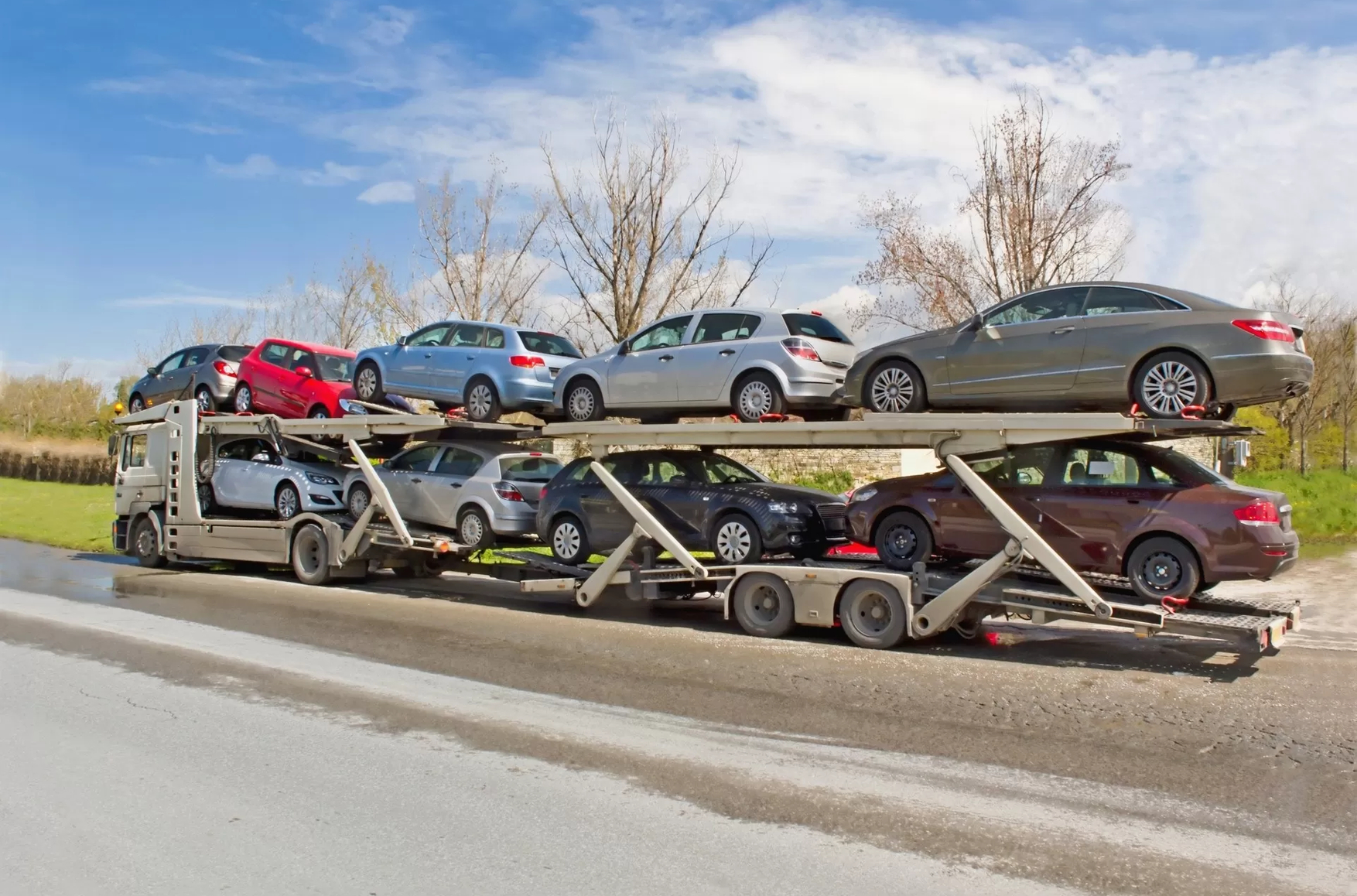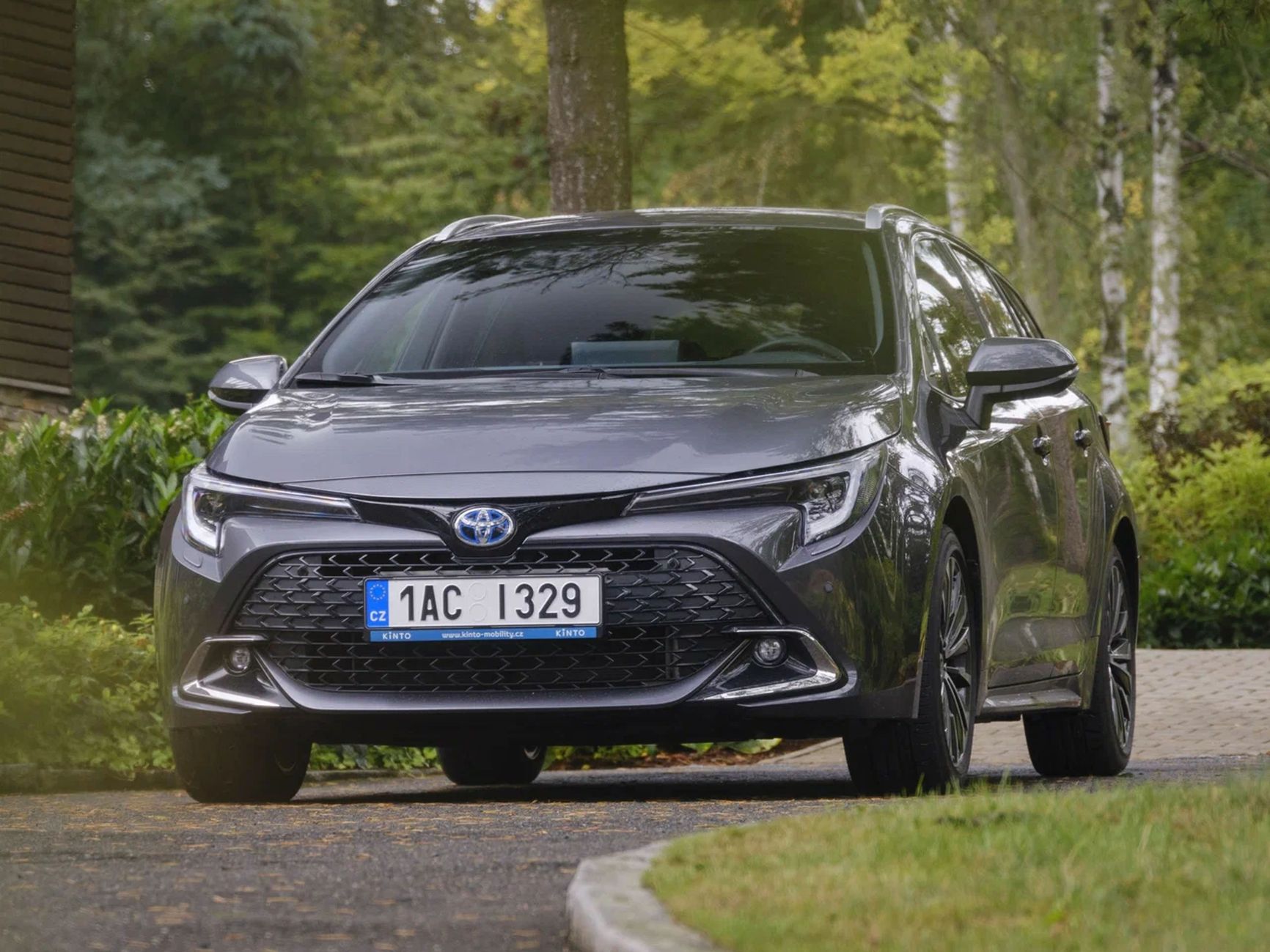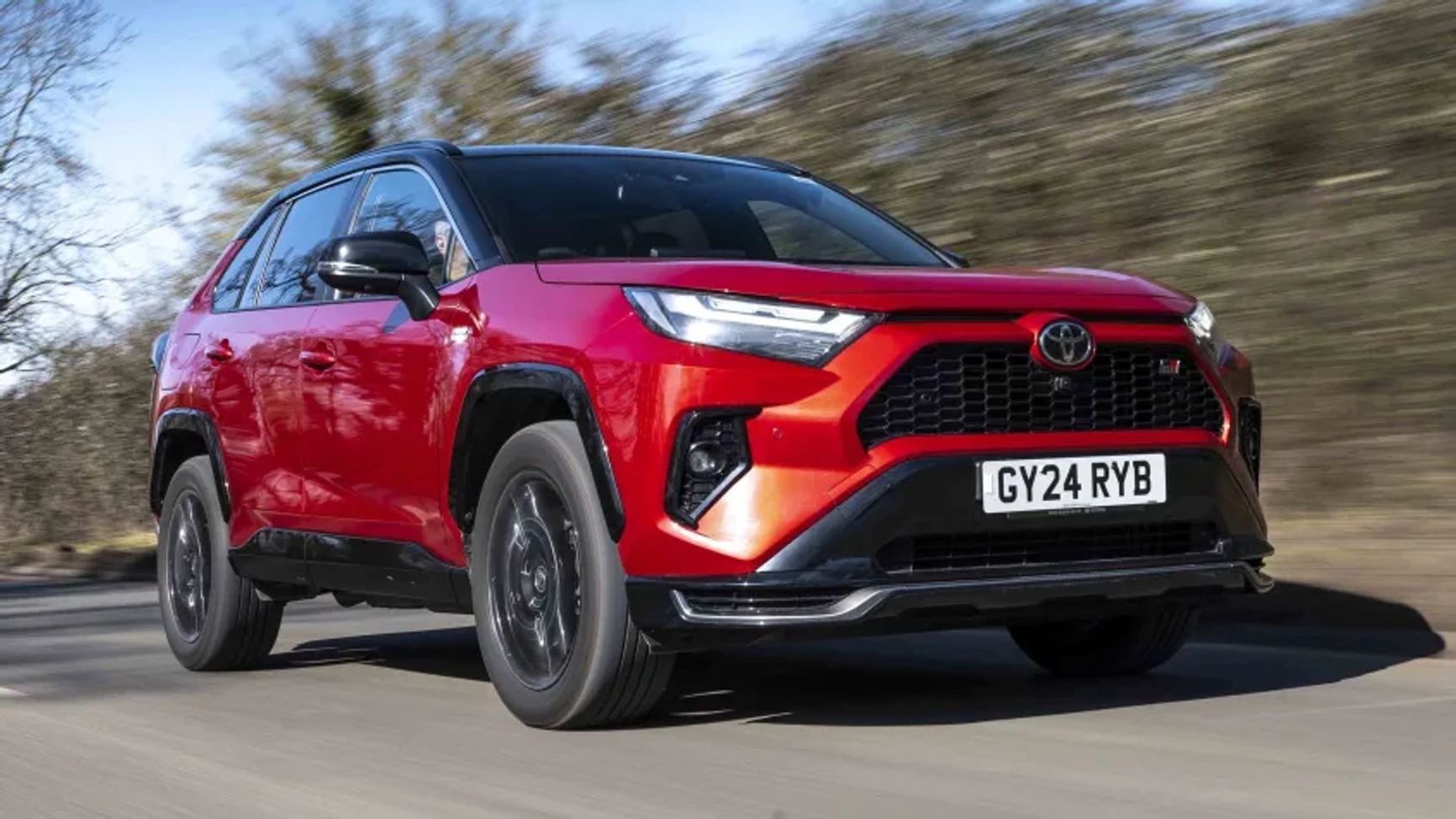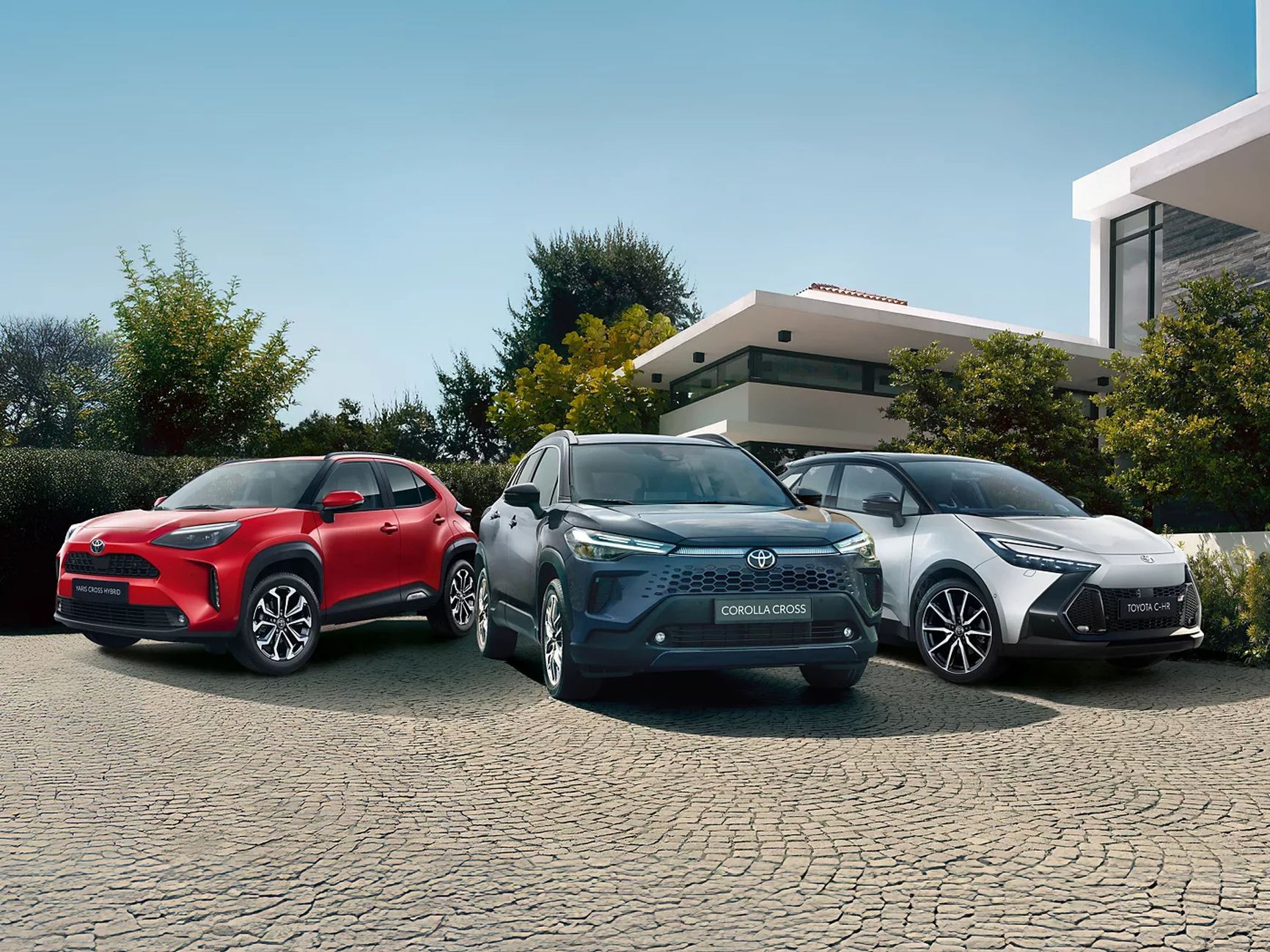

The exit of major foreign automakers from Russia, along with higher recycling fees and rising loan rates, has made cars far less affordable for Russian consumers. Today, the price of a budget Kia equals the down payment on a mortgage in a major city. Parallel imports and gray supply schemes only seem to solve the problem. However, buyers are still forced either to pay heavily inflated prices at official dealerships or to settle for cheap but low-quality vehicles assembled in Russia or China. Amid the turmoil, new scams exploiting Russians’ desire to save money are spreading.
Content
“Not considering a Chinese car”
Price surge
More scams hit buyers
Bargains for the brave
The power of dreams
At many automobile factories abandoned by international corporations in the spring of 2022, Russian companies have already launched domestic production. At the former Hyundai Motor Group plant in St. Petersburg — sold for a symbolic 10,000 rubles to Art-Finance, a company linked to AGR Automotive Group — workers now assemble Solaris cars using leftover Kia and Hyundai kits. Plans are also in place to produce Chinese Chery models there.
The former Toyota plant in St. Petersburg was supposed to produce Aurus vehicles — the Senat limousine, Komendant SUV, and Arsenal minivan — but the launch has been postponed indefinitely.
The Nissan plant was taken over by the state-owned AvtoVAZ and now produces vehicles under the Russian Xcite brand, including the X-Cross 7 crossover, which is based on the Chinese Chery Tiggo 7 Pro.
Automakers such as Renault, Stellantis (Citroen, Peugeot, Opel, Fiat, Dodge, Jeep, Ram, Alfa Romeo, Maserati etc.), Honda, Mazda, Suzuki, Volkswagen Group (VW, Skoda, Audi), Mercedes-Benz, BMW, Jaguar Land Rover, Volvo, Porsche, and Rolls-Royce have all partially or fully withdrawn from the Russian market.
Many of these companies sold their Russian assets for an even more symbolic one euro or one ruble, retaining the option to return. Volkswagen, however, sold its Russian division to Art-Finance for €125 million without a buyback clause, similar to the move made by Volvo. Porsche, meanwhile, has been unable to sell three of its Russian subsidiaries despite suspending operations.
Early in the war, Russia’s Industry and Trade Ministry published a list of goods eligible for “parallel import,” allowing companies to buy cars directly from factories and bring them into Russia without the trademark holder’s consent. Nearly all foreign cars and parts can still be imported this way, though Renault was excluded from the list in August 2022 after AvtoVAZ agreed to handle warranty service and spare parts for Renault owners. Russian demand for foreign cars remains strong, which has pushed dealership prices to new highs.
“Not considering a Chinese car”
A cheaper option is buying a car from dealers or individuals who import vehicles from abroad under the pretense of “personal use.” This allows importers to avoid paying full recycling fees, which are set at just 3,400 rubles ($43) for new cars and 5,200 rubles ($65) for vehicles up to three years old.
Dealers importing cars for commercial purposes, by contrast, must pay 667,400 rubles ($8400) for vehicles with engines of 1 to 2 liters (under three years old) and 1.2 million rubles ($15,000) for older vehicles.
Russian demand for foreign cars remains strong, pushing dealership prices to new highs
Sellers can shift those fees and customs costs directly to buyers, keeping transactions legal, but scammers have infiltrated the market. In response, Industry and Trade Minister Anton Alikhanov proposed charging the full recycling fee to individuals buying foreign cars with engines over 160 horsepower (typically crossovers and premium models). With the estimated 40-60 billion rubles ($503.1-$754.7 million) in revenue the move would be expected to raise, Alikhanov proposes subsidizing car loans to disabled people, Russian soldiers fighting in Ukraine.
For those unwilling to risk it, there’s always the option of buying a Chinese car at a dealership — but many Russians are reluctant.
“I don’t want to pay several million rubles for a Chinese car after driving Audi, Volvo, and Mitsubishi my whole life,” one wealthy Moscow resident told The Insider. He plans to keep his 2016 Mitsubishi Outlander, which has 200,000 kilometers on it. “If I’m lucky, it’ll last another 10 years. Then maybe I’ll pass it on to my daughter — but I’m not considering a Chinese car, that’s for sure,” he said.
Buying used cars within Russia is another popular option, though it comes with trade-offs — mid-range secondhand models now cost as much as an apartment mortgage downpayment in a major city. A Moscow-region resident told The Insider he recently bought a 2018 Kia Optima GT Line with 100,000 kilometers for 2.2 million rubles (over $27,500) — which he considers a bargain, since similar cars often go for 2.6 million (over $32,500). Used cars are also available in dealerships but tend to be pricier than those purchased via private sales.
Price surge
In the first quarter of 2022, as the ruble plummeted and Western automakers announced their exit from the Russian market, car prices in the country skyrocketed. Even the cost of used vehicles jumped by 30–50% in the first month of the war.
By the end of 2022, the price of new cars (including domestic ones) had risen 24%, while foreign models surged 40%, according to state statistics agency Rosstat. Reporters noted that the real increase was likely higher. Prices peaked in 2024 before falling this year (though not to anywhere near pre-war levels).
The Insider’s analysis shows that despite some price declines over the past year, the cost of cars remains 1.5 to 2 times higher than before the war. Some brands have seen particularly sharp increases. A comparison of Toyota models tracked by industry publication Autonews in October 2021 and 2025 shows that even base prices have roughly doubled — while actual dealership prices may be even higher.
(Although the USD-RUB exchange rate today is around 10% higher than it was in 2021, prices going forward will be listed only in rubles, as they reflect the dynamics of the change for domestic consumers.)


The Toyota C-HR cost 2.15 million rubles “then” and 2.94 million rubles now, a jump of 36.6% (in 2024, prices started at 5.7 million, according to Autonews).

The Toyota RAV4 rose from 2.15 million rubles “then” to 3.39 million now — up 57.5% (4.7 million in 2024).

The Toyota Camry climbed from 2.01 million rubles “then” to 3.29 million now — a 63.3% increase (4.5 million in 2024).

And the Toyota Land Cruiser 300, formerly priced at 5.77 million rubles, now starts at 12.6 million — up 118.1% (roughly the same as last year’s minimum of 12.7 million).
The drop from 2024 highs may be due to the accumulation of large stocks of unsold cars that dealers are now trying to clear, according to the dealers themselves. Another factor is the ruble’s exchange rate, which has strengthened by 40% this year and nearly returned to prewar levels. Cars purchased from abroad following the strengthening of the ruble naturally cost less in ruble terms.
Still, The Insider found that an old rule — “buy it for cheaper outside Moscow — doesn’t always apply. For several Chinese-made models, prices in Moscow and the Vladimir Region, which is a three-hour train ride away, are nearly identical.
What has changed most, aside from prices, is the surge in fraud.
More scams hit buyers
Criminals are registering fake companies under false names or buying firms with clean tax histories that previously offered car import services, a report by Russia’s Federal Customs Service concluded. The fraudsters then advertise vehicles at prices well below market value and sign fake contracts with potential buyers for selecting a vehicle, customs clearance, and delivery to Russia. The cars are typically listed on well-known online platforms, and the scammers politely but persistently ask customers to transfer payments to third-party accounts to cover the car, customs duties, and recycling fees. “After receiving the money, they cut off contact, leaving citizens without their cars or funds,” the customs service warned.
Scammers politely but persistently ask customers to transfer payments to third-party accounts to cover the car, customs duties, and recycling fees — then cut off contact after receiving the money
The government agency also cautioned against some of the legal schemes that are also used to deceive buyers. Some dealerships include fine print in contracts stating that the buyer — not the dealer — must pay the recycling fee, adding 600,000 rubles (approximately $7,500) or more to the final price.
Bargains for the brave
The Insider spoke with Alexander, a resident of Lyubertsy (just outside Moscow) who tried to buy a new Toyota from Japan for just 1.8 million rubles — a price that included shipping, customs, and recycling fees. After comparing prices at local dealerships, he rejected a “fully loaded” Lada Vesta being offered for 2.5 million and Chinese cars priced at “around 3 million.” In their place, a small-time car blogger with 500 followers on VKontakte and a modest dealership caught his attention.
The seller offered a Toyota Belta built for the UAE market — a small sedan with a 1.5-liter, 105-horsepower engine, automatic transmission, keyless entry, leather seats, rearview camera, multifunction steering wheel, climate control, and Android-based media system.
Alexander paid customs duties (242,000 rubles) and the recycling fee (5,200 rubles) himself, along with a 950,000-ruble down payment. “I was nervous, of course,” he said, “but I checked reviews of the dealership on independent sites.” The seller sent regular photo and video updates. “In one clip, you could see the VIN number listed in my contract. The car traveled by sea from the UAE to Iran, then overland to the Caspian, then to Astrakhan, and finally to Moscow.”
Among the downsides of UAE-market cars, he noted, are the lack of a “winter package” — heated seats and mirrors must be installed separately — and a government restriction that prevents reselling the car within the first year. “Still, Toyota is Toyota,” Alexander said. “If I ever need to, I can sell it later.”
Soon after the interview, he sent The Insider photos and documents confirming the car’s Japanese origin. Delivery, he said, went smoothly, and he has already driven more than 200 kilometers without problems.
Not everyone is willing to take that risk. Anna, a car owner in St. Petersburg, told The Insider that her family studied others’ experiences before deciding. “Most companies make you pay everything up front,” she said. “Almost no one provides insurance for scratches or shipping damage, so you get nothing back if something happens.” She also knows of a case in which a buyer waited a year and a half because customs lost the paperwork. “And we didn’t want to pay extra for the winter package either,” she added. In the end, her family bought a used foreign car.
The power of dreams
Car sales in the first half of 2025 were weaker than expected, Avtostat reported after surveying major dealers. One reason is the high key interest rate, which makes loans unaffordable (or at least less attractive than bank deposits). Another is the persistent rumor that brands like Hyundai, Kia, Honda, and Volkswagen might soon return to Russia. Volkswagen declined to confirm or deny the reports, saying only, “We don’t want to engage in speculation.”
Several foreign automakers stress they won’t return to Russia until the war in Ukraine ends
Several foreign automakers have re-registered their trademarks but stress they won’t return until the war in Ukraine ends. With no ceasefire in sight, dealers expect little change in prices or sales before 2026.
A car market insider who sells German, Japanese, Korean, and Chinese vehicles — including used ones — told The Insider that some foreign brands could leave Russia permanently if new recycling fees are imposed and tax breaks for individuals are cut. “This could affect not just brands that formally left but also Chinese automakers,” he said. That would drive up prices for remaining foreign cars and give a boost — however limited — to domestic maker AvtoVAZ, whose cars can compete only by offering deep discounts.
Still, some dealers believe it is more likely that China will come to dominate the Russian market. Data from Avtostat confirm a rapid rise: in 2024, Chinese brands accounted for just over half of all passenger car sales in Russia. Between January and June 2025, their market share hit 55%.